Sad desk lunch. Chances are you’ve heard the phrase. It refers to the highly American phenomenon of eating lunch al desko day after day. Studies have found that 65% of Americans either eat at their desk or don’t break at all for lunch. It aligns with today’s overwhelming hustle culture, aka the busyness epidemic, which would have you believe that stopping for a leisurely midday meal is a sign of laziness or lack of drive.
Across the pond in France, however, the lunch break is sacred. In fact, the French value their noontime ritual so much that it’s a legally enshrined right. You are prohibited by law from eating lunch at your desk.
While it might sound like an excuse to gossip with colleagues over steak frites and table wine, studies have actually shown that a proper lunch break fuels productivity. So, the French right to lunch is not only culturally significant — it’s smart for your company’s bottom line.
It goes to show that much of the conventional wisdom about productivity is wrong. For example, I’ve found that one of the most effective ways to get things done is to make time for doing nothing at all.
As CEO of Jotform, it’s taken me the larger part of 17 years running my own company to discover some of the more counterintuitive strategies to enhance productivity. Importantly, I try to not just do more, but to do more of the things that move the needle for me and my company.
Here are some of the most surprising productivity lessons I’ve learned during my journey.
Trash your to-do list
This may be a tough pill to swallow, but I take issue with traditional to-do lists. Let me explain.
There’s no denying that it feels good to jot down everything we need to accomplish in a day. There’s a particular satisfaction in crossing out another item on your list. And in fact, research shows that to-do lists serve a purpose. A study by Wake Forest University professors Baumeister and Masicampo found that while tasks we haven’t done distract us, just making a plan to get them done can free us from this anxiety. Bechman noted:
Simply writing the tasks down will make you more effective.
That’s all well and good, but the problem with to-do lists is that we too often kick the can down the round when it comes to more challenging tasks, and prioritize the quick wins. As I write in my new book, Automate Your Busywork, every item on our to-do list seems to carry the same weight regardless of the time or focus needed to complete it. It becomes surprisingly easy to put off meaningful tasks indefinitely.
So, what should you do instead?
First, I recommend what I call the “hunter strategy.” Before humans developed agriculture, searching for food was our top priority. We pursued that goal or went hungry. We can apply this same prioritizing strategy when it comes to pursuing tasks throughout the day. Each day, write down your big priority on a sticky note. Post it in a place where you’ll see it all day long. Each time you feel the nagging urge to check your email or scroll social media — stop. Look at the sticky note. Refocus.
What about those less important items that usually populate your to-do list?
Consider whether they need to be done manually. Could some be automated? Could they be delegated or eliminated altogether? Many of our biggest time sucks — scheduling meetings, paying bills, posting to social media — don’t actually require our regular attention. Apps can do that instead (and, oftentimes, more reliably).
Once you start looking for items to automate, you’ll be surprised how much of your daily busywork vanishes, leaving you more time to “hunt” your priority task.
Caffeinate your power nap
Similar to lunch breaks, daytime naps don’t coalesce with our modern busyness culture. Never mind that fatigue costs American businesses up to $218 billion annually because of reduced productivity or workers’ absences due to health issues.
I’m a big believer in the power of a power nap. Research has shown that a midday snooze can supercharge performance and productivity.
But what if you could take that productivity hack one step further? Enter the coffee nap.
Counterintuitive as it may sound, having a quick coffee before an afternoon power nap is even more effective than a coffee or nap alone. In one study, some participants took 200 milligrams of caffeine and then a nap before being kept awake for a period of 24 hours. Compared to participants who took only a nap, those who took a caffeine nap were better at maintaining alertness, logical reasoning, and performance tests.
Anecdotal evidence also suggests that coffee naps are particularly effective.
Writing for the Washington Post, journalist Emily Maloney (who wasn’t a regular coffee sipper or napper) explained:
I didn’t expect to sleep, but I did. To my surprise, I awoke refreshed and ready to go, feeling like I’d rested for much longer than a quick nap.
Importantly, said Maloney, both the coffee and the nap should be quick. The caffeine takes about twenty minutes to take effect. Napping during this window will leave you feeling refreshed afterward — even if you don’t fully fall asleep.
What I like about this approach is that it’s entirely doable. It doesn’t require an elaborate routine or a lot of preparation — just a shot and some shut eye.
Never break alone
Hopefully, by this point, you’re on board with taking breaks. Taking regular pauses throughout the workday has been shown to boost productivity. As Harvard Business Review explains, “Disengaging from work only for a few minutes but on a regular basis (micro-breaks) can be sufficient for preventing exhaustion and boosting performance.”
It’s not the length of the break but rather, the quality that matters. And one surefire way to enhance that quality even further is to make your breaks social. Plan them together with colleagues and friends.
You may have heard of the Danish concept of “hygge” — taking a moment to relax and enjoy life’s pleasures, from a beautiful landscape to a well-brewed cup of coffee. But, a lesser known but equally important aspect of hygge is the social component. Jeppe Linnet, a Danish anthropologist specializing in hygge, explains:
Being with others is at the core of the concept. The term is more readily used when people talk about their experience of being with someone.
The various benefits of incorporating hygge into the workday include boosted wellbeing, greater cross-polination of ideas, and increased productivity. It makes sense — when we’re taking a break alone, we have the tendency to reflect and, sometimes, ruminate on work. When we’re with others, we can truly hit pause and give our minds a rest.
Breaks are an easy productivity hack. Like ideas, they’re more effective when shared.
Stop life-hacking your motivation
Nowadays, motivation hacks abound. “Visualize success!” “Reward yourself!” “Chase a dreadful task with one you enjoy!” While these may work to an extent, they’re a bit like putting a bandaid on a bullet wound.
I recommend examining why you lack motivation to begin with.
One of the tenets of my new book is the idea that motivation isn’t something that you can hack. It’s there or it isn’t. That’s why you should regularly ask yourself: what tasks genuinely motivate and inspire me? What projects do I wish I could do more of? Those are the tasks you should prioritize. For me, it’s hiring, communicating our vision, and helping users to be more productive. And for the past year, writing a book formed part of that small circle of priorities. Anything that falls outside of the circle, I look for ways to automate, delegate, or eliminate. That way, the lion’s share of my day is dedicated to tasks that motivate me.
Motivation and productivity hacks are a dime a dozen. If we accept them at face value, we’ll end up powering through to-do lists with no real intentionality. But if we’re guided by certain principles that help us to do more meaningful work — like getting high-quality rest and being ruthlessly selective about our priorities — then productivity becomes a non-issue.




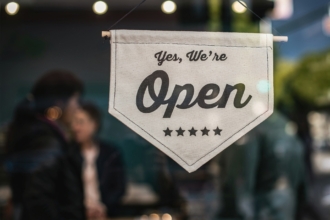
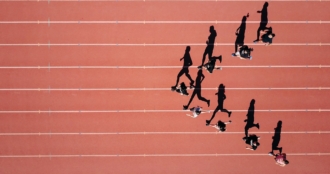

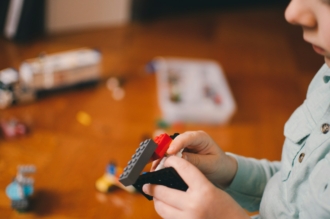



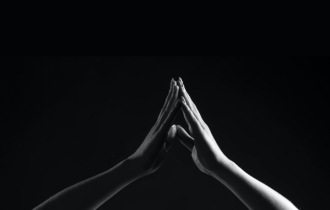
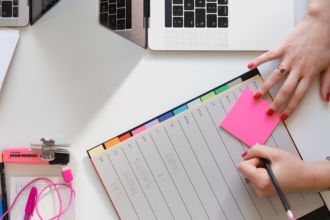
Send Comment: